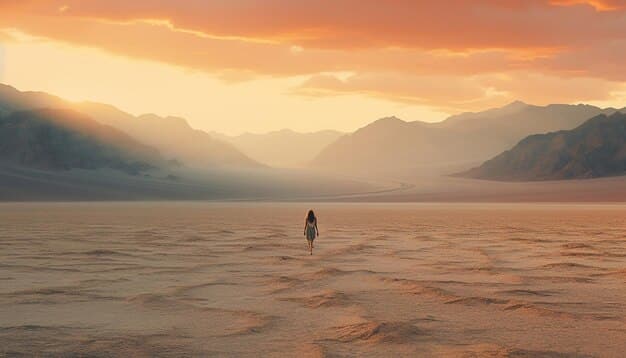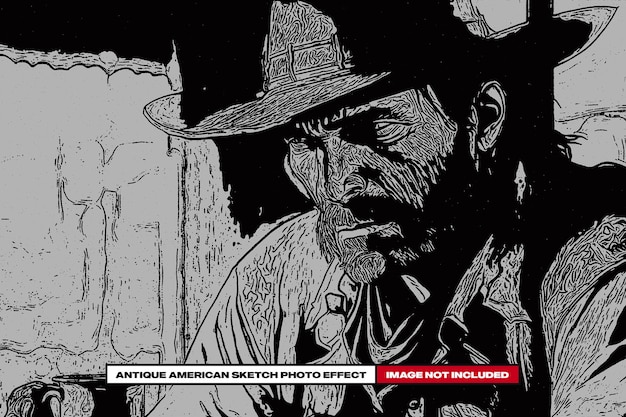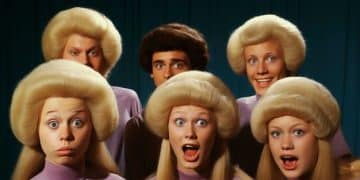Western Film Revival: Recent Releases & Genre Comeback?

Recent Western film releases suggest a possible resurgence of the genre, marked by a blend of traditional themes and modern storytelling approaches.
Is the Western genre experiencing a contemporary renaissance? Recent releases indicate a potential comeback, prompting a closer look at how these films are reimagining classic tropes for modern audiences. This exploration will delve into several key releases, analyzing their impact and contribution to the genre’s evolving narrative.
The Allure of the Western: Why Now?
The Western genre, once a cornerstone of American cinema, has seen periods of both prominence and decline. Understanding its potential resurgence requires examining the factors that make it perennially appealing.
The genre’s core themes—exploration, survival, justice, and the clash between civilization and the wilderness—remain resonant. Moreover, the Western provides a unique lens through which to explore American identity and history.
Nostalgia and Reinvention
Nostalgia plays a role in the Western’s enduring appeal. Yet, a simple longing for the past isn’t enough. The genre must evolve to stay relevant.
Modern Westerns often subvert or deconstruct traditional tropes, offering revised perspectives on familiar narratives. This reinvention includes more diverse characters, nuanced portrayals of Native Americans, and critical examinations of the genre’s historical context.
- Revisiting Classic Themes: Modern Westerns often re-examine themes of justice, morality, and the American Dream through a contemporary lens.
- Diverse Representation: Recent films have made strides in portraying a more diverse range of characters, reflecting a broader understanding of the American West.
- Historical Accuracy: Increased attention is being paid to historical accuracy, offering less romanticized and more nuanced portrayals of events and people.
- Subversion of Tropes: Many filmmakers are intentionally subverting classic Western tropes to challenge audience expectations and offer fresh perspectives.
Therefore, the enduring appeal of the Western stems from its capacity to adapt and reflect contemporary concerns. It’s not merely a genre of cowboys and outlaws but a versatile canvas for exploring complex themes.

Recent Western Film Releases: A Closer Look
Several recent Western film releases suggest a renewed interest in the genre, each approaching the material with a distinct style and perspective. Examining these films reveals different strategies for revitalizing the Western.
These films vary from traditional, action-oriented stories to thoughtful, character-driven dramas. Each offers a unique take on the genre, contributing to its potential resurgence.
“The Power of the Dog” (2021): A Psychological Western
“The Power of the Dog,” directed by Jane Campion, offers a psychologically complex take on the Western, exploring themes of repressed sexuality, masculinity, and sibling rivalry.
Set in 1920s Montana, the film stars Benedict Cumberbatch as Phil Burbank, a charismatic yet cruel rancher whose world is disrupted when his brother brings home a new wife and her son.
- Psychological Depth: Explores the inner lives and hidden tensions of its characters in a way rarely seen in traditional Westerns.
- Subverted Masculinity: Challenges conventional notions of masculinity through the portrayal of its central characters.
- Atmospheric Storytelling: Uses the vast Montana landscape to create a sense of isolation and unease.
Ultimately, “The Power of the Dog” represents a departure from typical Western narratives, focusing on character study and psychological tension rather than action and adventure.
Neo-Westerns: Bridging the Gap
Neo-Westerns blend elements of the classic Western with modern settings and themes, creating a hybrid genre that appeals to contemporary audiences. These films often explore similar themes as traditional Westerns but within a more familiar context.
By situating Western tropes in the present day, neo-Westerns can explore contemporary issues such as crime, poverty, and cultural conflict through the lens of the frontier.
“Hell or High Water” (2016): A Modern Outlaw Story
“Hell or High Water” offers a compelling example of the neo-Western, telling the story of two brothers who resort to robbing banks to save their family farm in West Texas.
The film blends elements of crime thriller with Western themes, exploring the economic hardships facing many rural communities in the American West.
The film masterfully uses the Texas landscape to evoke a sense of isolation and desperation, similar to the way classic Westerns utilized their settings.
- Contemporary Setting: Neo-Westerns like “Hell or High Water” bring Western themes into the modern world, addressing contemporary issues.
- Crime and Morality: Often explores the blurred lines between right and wrong in desperate situations.
- Regional Identity: Uses the setting to explore the unique culture and challenges of the modern American West.
“Hell or High Water” demonstrates how the Western genre can be adapted to tell relevant stories about contemporary America, bridging the gap between the past and the present.
The Traditional Western: Staying True to Roots
While neo-Westerns and psychological Westerns offer innovative approaches, some filmmakers continue to produce traditional Westerns that honor the genre’s established conventions. These films often focus on classic themes and archetypes, providing a sense of familiarity and nostalgia.
The appeal of traditional Westerns lies in their ability to transport audiences to a bygone era, evoking a sense of adventure and rugged individualism.

“True Grit” (2010): A Classic Remake
The Coen brothers’ adaptation of “True Grit” remains faithful to Charles Portis’s novel, delivering a classic Western tale with their signature stylistic flair.
The film tells the story of Mattie Ross, a young girl who hires a grizzled U.S. Marshal to track down her father’s killer in the Indian Territory.
Jeff Bridges delivers a memorable performance as Rooster Cogburn, embodying the archetypal Western hero.
Through this, “True Grit” showcases the timeless appeal of the traditional Western, proving that classic stories can still resonate with modern audiences when told with skill and authenticity.
The Impact of Streaming Services
Streaming services have played a significant role in the potential resurgence of the Western genre, providing new platforms for filmmakers and expanding audience access.
Netflix, Amazon Prime Video, and other streaming platforms have invested in Western-themed content, reaching viewers who may not typically seek out these films in theaters.
- Increased Accessibility: Streaming services make Westerns more accessible to a global audience.
- Original Content: Platforms like Netflix are producing original Western films and series, driving interest in the genre.
- Niche Audiences: Streaming allows for the catering to niche audiences that appreciate the Western genre.
In conclusion, streaming services have broadened the reach of the Western, contributing to its potential comeback by offering a wider range of content and increased accessibility.
The Future of the Western Genre
The future of the Western genre appears promising, with filmmakers continuing to experiment with new approaches while honoring its rich history. The blend of traditional and modern elements suggests a sustainable path forward.
The Western’s ability to adapt to contemporary concerns and reflect evolving perspectives ensures its continued relevance.
Through it all, the Western genre has always been about more than just cowboys and gunslingers. It’s about the human condition, the struggle for survival, and the enduring spirit of the American West.
| Key Aspect | Brief Description |
|---|---|
| 🤠 Classic Themes | Exploration, justice, and survival still resonate in modern contexts. |
| 🎬 Recent Releases | Films like “The Power of the Dog” offer fresh perspectives. |
| 🌇 Neo-Westerns | Blend Western themes with modern settings, as seen in “Hell or High Water”. |
| 📱 Streaming Impact | Streaming widens audience with original content and accessibility. |
Frequently Asked Questions
▼
The Western genre is considered iconic due to its exploration of core American values such as individualism, freedom, and the taming of the frontier.
▼
Modern Westerns often offer more nuanced portrayals of characters and historical events, challenging traditional stereotypes and exploring complex themes.
▼
Neo-Westerns bridge the gap between the past and present by blending Western themes with modern settings, addressing contemporary issues through the lens of the frontier.
▼
Streaming services have increased the accessibility of Westerns, providing new platforms for filmmakers and reaching wider audiences with original content focused on the genre.
▼
Adaptation, diversity, and historical accuracy are essential for the future of the Western genre, ensuring its continued relevance and appeal to contemporary audiences.
Conclusion
In conclusion, the Western genre exhibits signs of a potential comeback, fueled by a blend of nostalgia, reinvention, and accessibility through streaming platforms. Recent film releases demonstrate diverse approaches, from psychological explorations to modern interpretations, suggesting a promising future for the genre. While honoring its rich history, the Western continues to evolve, reflecting contemporary concerns and offering fresh perspectives on classic themes.





